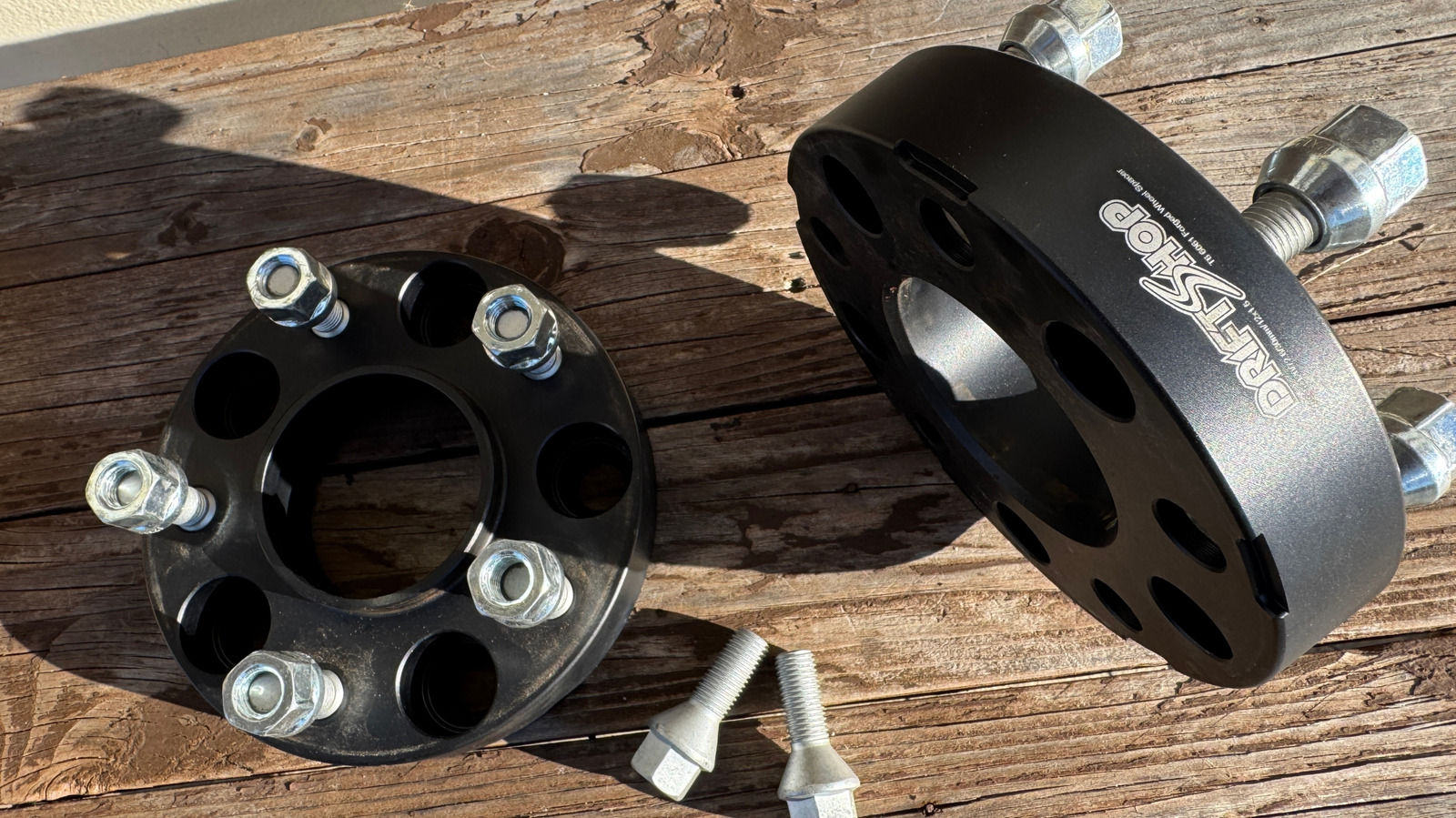Highly Stable and Bright NIR‐II AIE Dots for Fluorescence Imaging‐Guided Photothermal Ablation of Endometriosis
Advanced Healthcare Materials, EarlyView.

Biocompatible organic nanoparticles with aggregation induced emission properties (AIE dots) are first demonstrated for NIR-II fluorescence-guided photothermal therapy of endometriosis, a chronic condition where endometrial-like tissue grows outside the uterus, causing pelvic pain, infertility, and inflammation.
Abstract
Endometriosis (EM) is a non-cancerous disease that exhibits certain tumor-like properties. While hormonal therapies and surgical excision are standard treatments with proven efficacy in alleviating EM symptoms, they are often accompanied by side effects and a high risk of recurrence after surgery. Therefore, there is an urgent need for non-invasive imaging and therapeutic strategies to address this condition effectively. In this study, second-window near-infrared (NIR-II, 1000–1700 nm) fluorescence imaging is employed, which offers superior spatial resolution, deeper tissue penetration, reduced light scattering, and minimal tissue autofluorescence, to identify EM lesions using aggregation-induced emission luminogen dots (AIE dots). The AIE dots exhibited excellent photothermal properties, achieving a photothermal conversion efficiency of 40%. AIE dots efficiently accumulate at the lesion site through the enhanced permeability and retention (EPR) effect and rapidly heat up to 50 °C under 808 nm laser irradiation, facilitating the effective ablation of EM lesions. Histological analysis, including hematoxylin and eosin (HE) staining and immunofluorescence staining, confirmed notable reduction of the EM lesions, indicating effective inhibition of lesion progression. This strategy highlights the potential of NIR-II fluorescence-guided photothermal therapy as a promising non-invasive approach for both the diagnosis and treatment of EM.
















































































































































